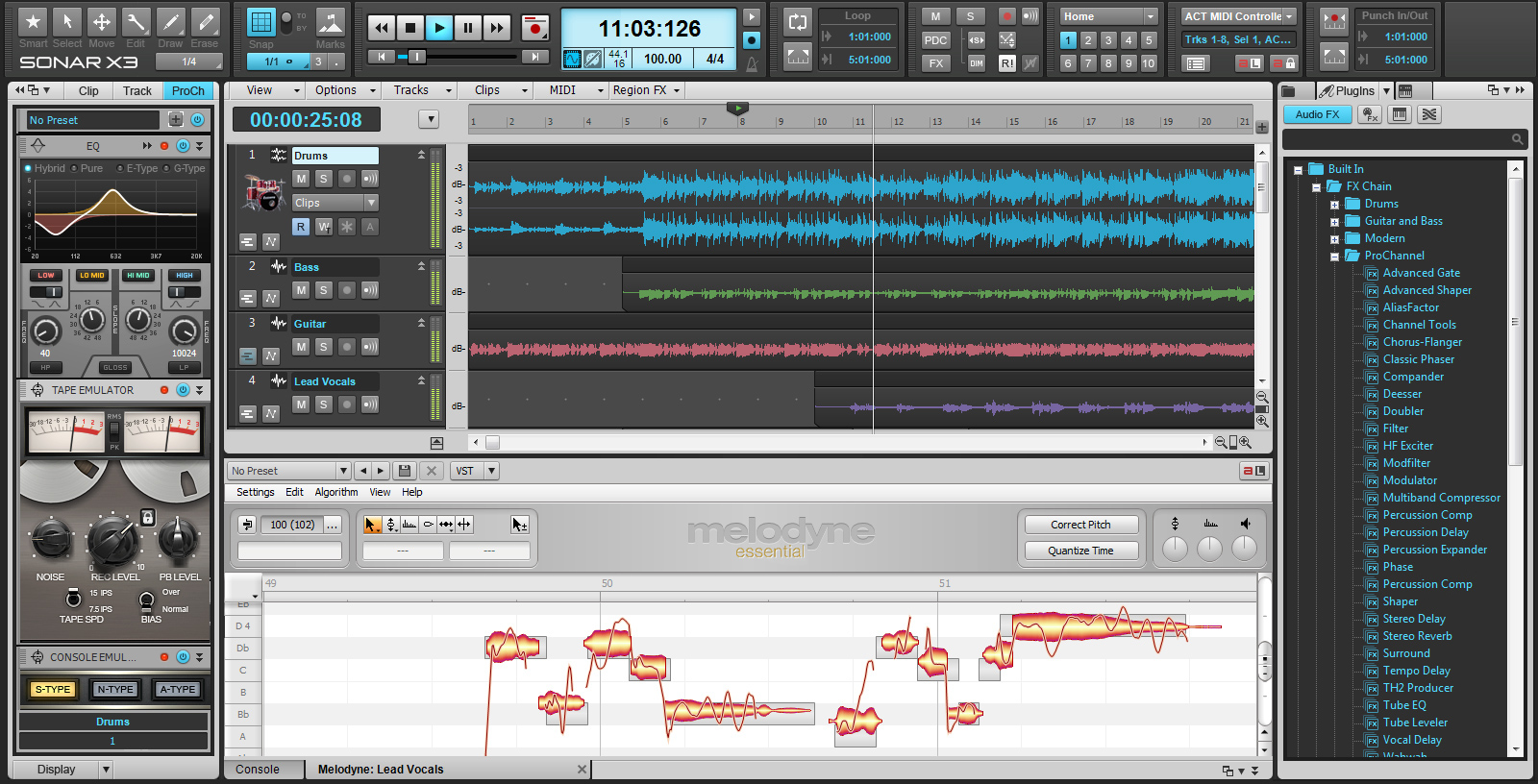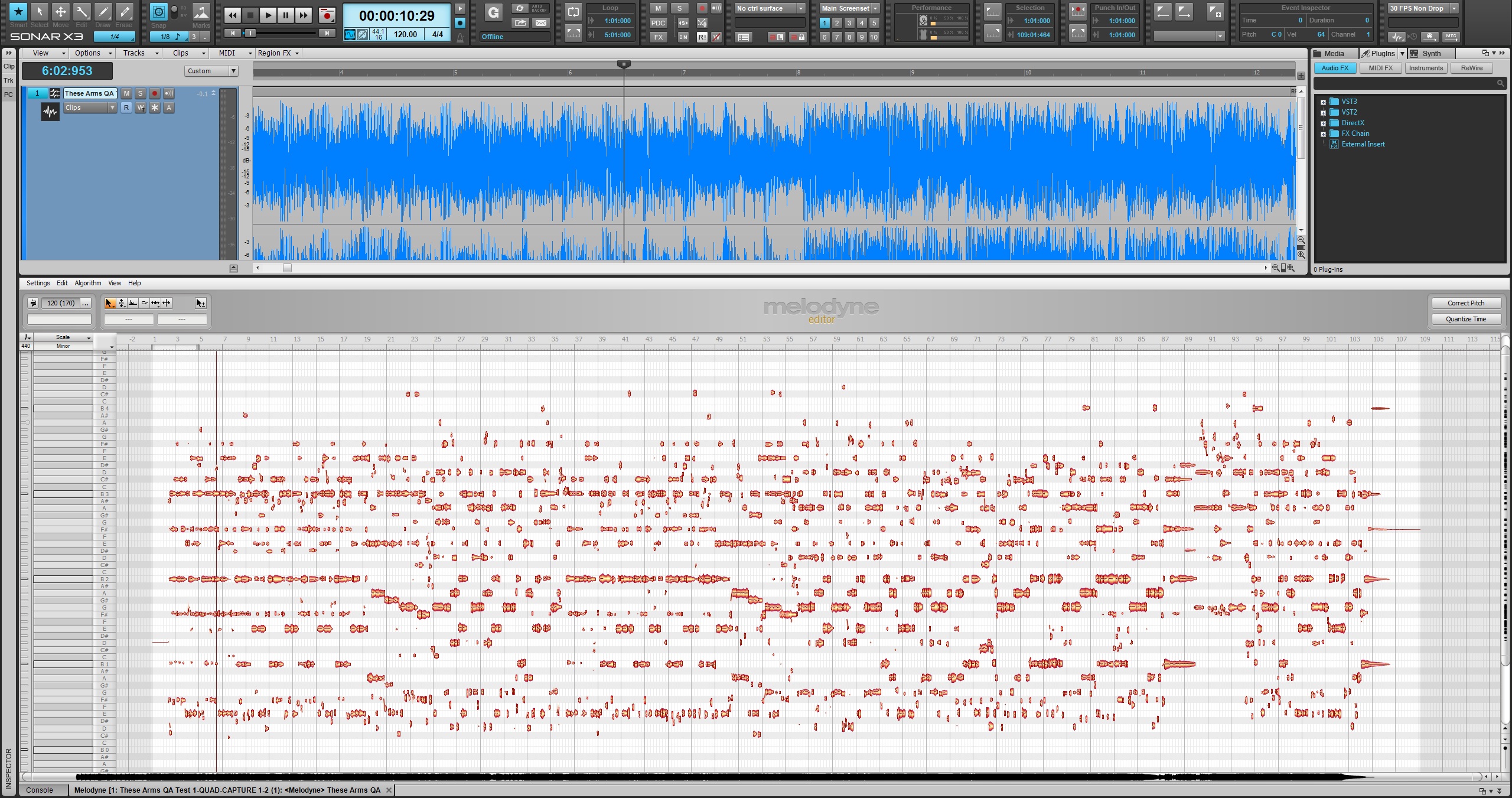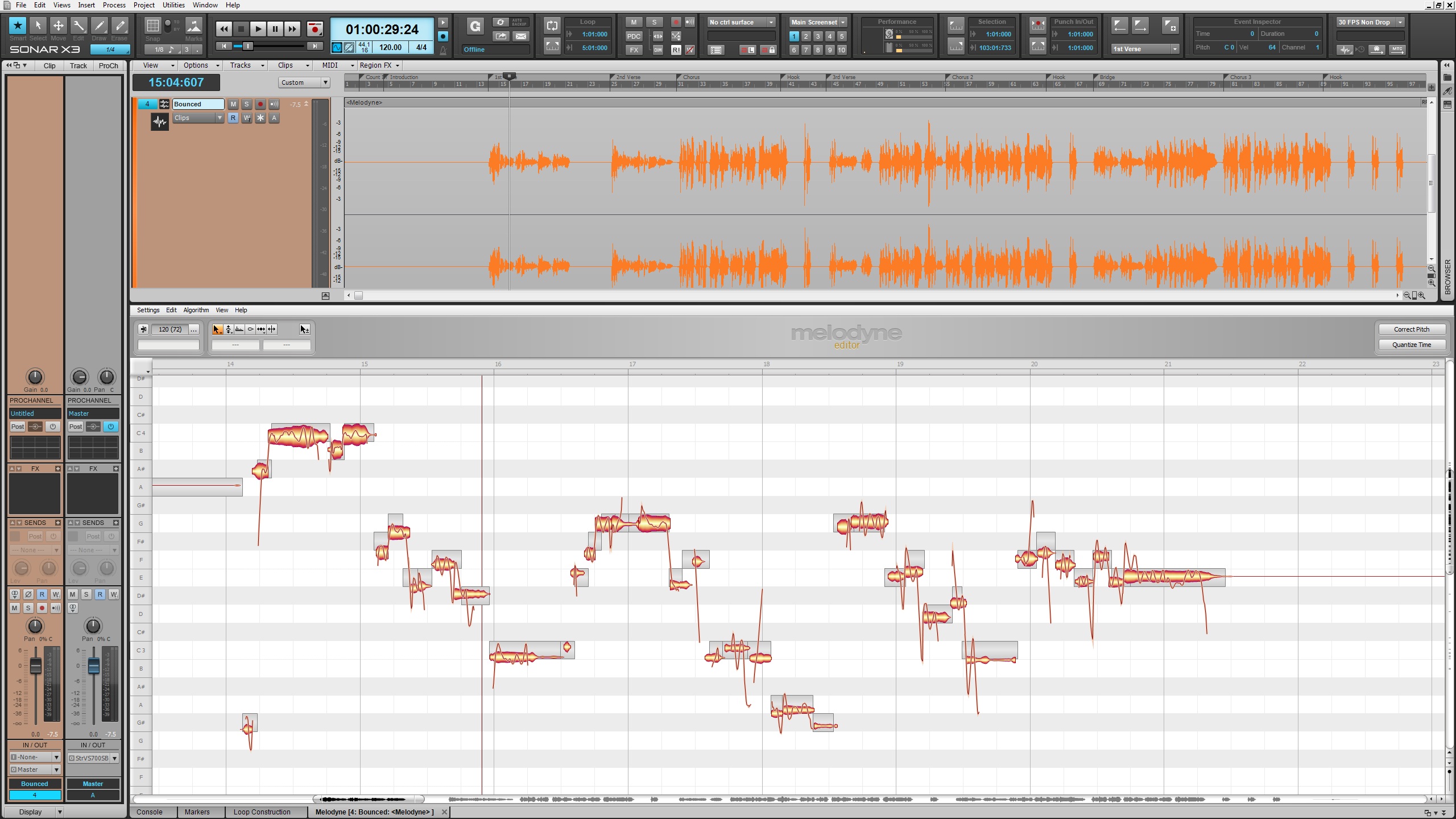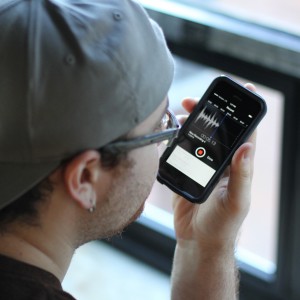Falk Au Yeong has been making waves in the Video Game industry with many of his recent projects. One of the most notable includes the new Lightning Returns: Final Fantasy XIII. We were able arrange an in depth interview about him, his work, and his favourite DAW – SONAR X3 Producer.
When did you first get into SONAR, and what version are you currently using?
I’ve been a Cakewalk user all the way since Cakewalk Pro Audio and Home Studio, mostly working with MIDI. The first version of SONAR I jumped into was SONAR 3 Producer, and I’m currently using X3 thanks to the extremely reasonably upgrade paths and goodies that come with each update. For example, I’m really digging integrated Melodyne right now and I’m not ashamed to say it!
What is the Video Game Orchestra? How did you become associated with them?
The Video Game Orchestra is a group that plays arrangements of Video Game Music, created by Shota Nakama in 2008. They’ve grown from humble beginnings to playing shows in all kinds of formats each year, from rock band, to acoustic, to full-blown “Rockestral” performances which consist of rock band, orchestra and choir. Recently VGO has also started to get involved in recording gigs and self-produced albums under Shota’s curation.
I got involved earlier this year when Shota e-mailed me asking if I’d be up to do a series of small gigs for ‘a very important client’. Little did I know that I’d be working with one of the biggest independent game music production companies in Japan in real-time, via Skype and various audio streaming solutions. But that’s how we started! Crazy post-midnight sessions recording all manner of instruments, from drums to accordion to alto trombone to string quartet. Continue reading “Mixing Music For Lightning Returns: Final Fantasy XIII”



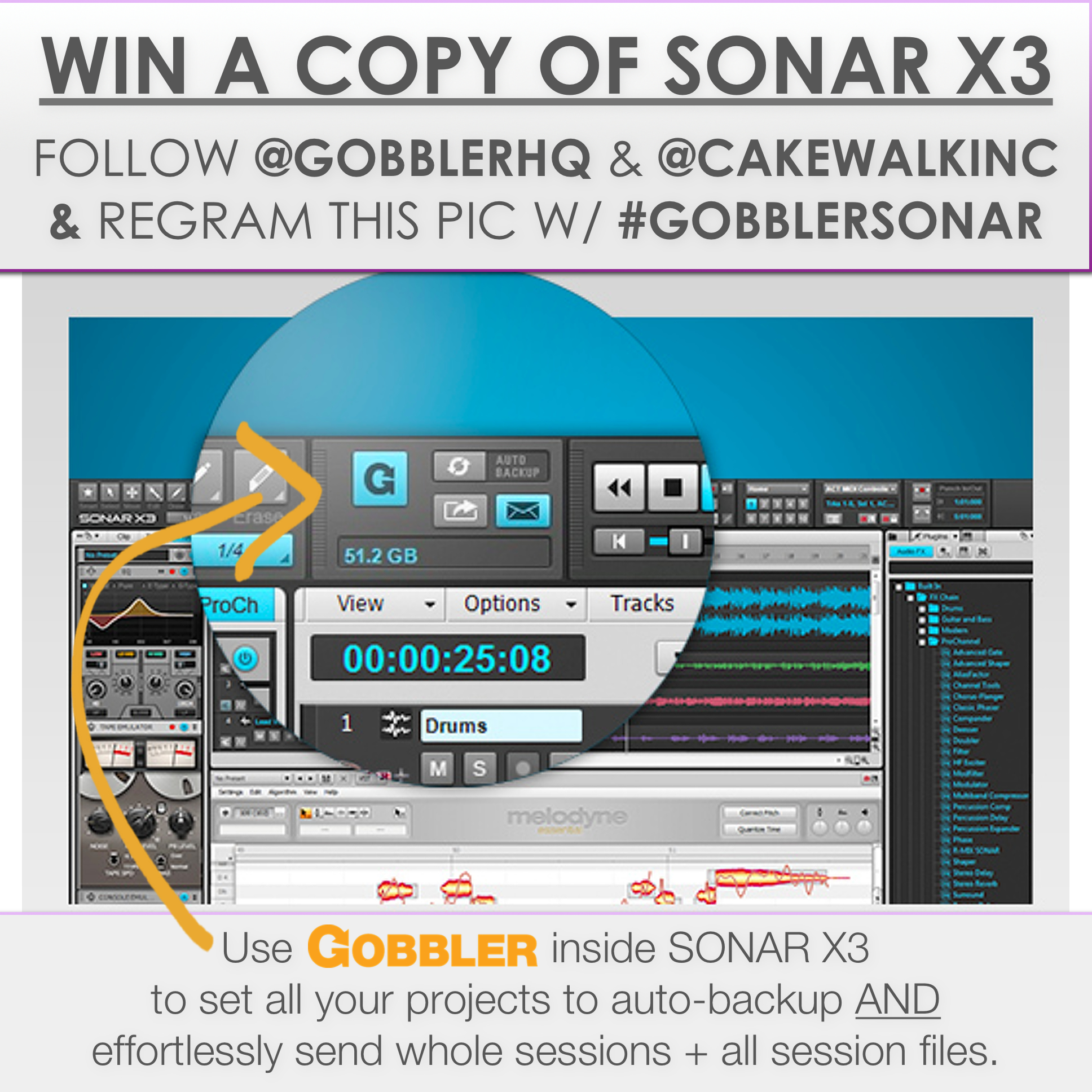
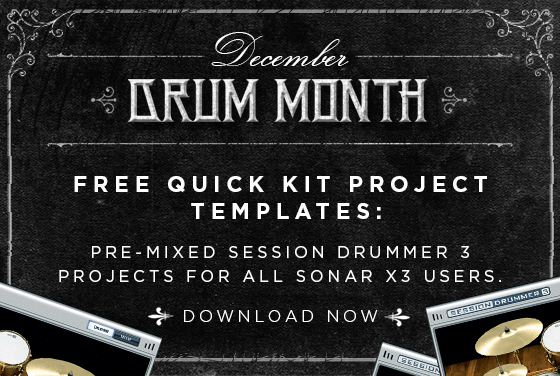
 “Audio Production Jobs” come in all shapes and sizes these days;-) Yes, the music industry in general has shrunken to an all-time low in terms of major label budget projects, but the flip side is that there are many nooks and crannies out there to stay creative while making money. I think the key these days is getting into as many industry circles as possible, and then over-delivering. If you’re handed a job for writing, mixing, producing or even recording, and you knock it out of the park the first time with low-no hassles to the client, you will certainly come to mind on the next round. I would also be willing to bet that your name will be referred to other folks outside of that job’s “circle.” You just never know to where things are going to lead.
“Audio Production Jobs” come in all shapes and sizes these days;-) Yes, the music industry in general has shrunken to an all-time low in terms of major label budget projects, but the flip side is that there are many nooks and crannies out there to stay creative while making money. I think the key these days is getting into as many industry circles as possible, and then over-delivering. If you’re handed a job for writing, mixing, producing or even recording, and you knock it out of the park the first time with low-no hassles to the client, you will certainly come to mind on the next round. I would also be willing to bet that your name will be referred to other folks outside of that job’s “circle.” You just never know to where things are going to lead. Just a few weeks ago I was contacted by NYC singer-songwriter Jodi Good’s music attorney Steven Beer on a Friday night to discuss an opportunity for a “Holiday Song” to be placed with a major publication [for Monday]. Now usually, “Holiday Songs” are recorded around August or September and we were already at the end of November, so I knew this was going to be a tough one to accomplish especially since the song had to be written, recorded and mixed fast. The other strike against me was that this one was a bit out of my rock, and pop-rock comfort zones, but I knew the challenge would be a good experience on many different levels, so I decided to fire up the eggnog and go for it. Plus I had the comfort of knowing that Jodi is a great songwriter especially in the lyric department, so it was “weekend on.”
Just a few weeks ago I was contacted by NYC singer-songwriter Jodi Good’s music attorney Steven Beer on a Friday night to discuss an opportunity for a “Holiday Song” to be placed with a major publication [for Monday]. Now usually, “Holiday Songs” are recorded around August or September and we were already at the end of November, so I knew this was going to be a tough one to accomplish especially since the song had to be written, recorded and mixed fast. The other strike against me was that this one was a bit out of my rock, and pop-rock comfort zones, but I knew the challenge would be a good experience on many different levels, so I decided to fire up the eggnog and go for it. Plus I had the comfort of knowing that Jodi is a great songwriter especially in the lyric department, so it was “weekend on.”